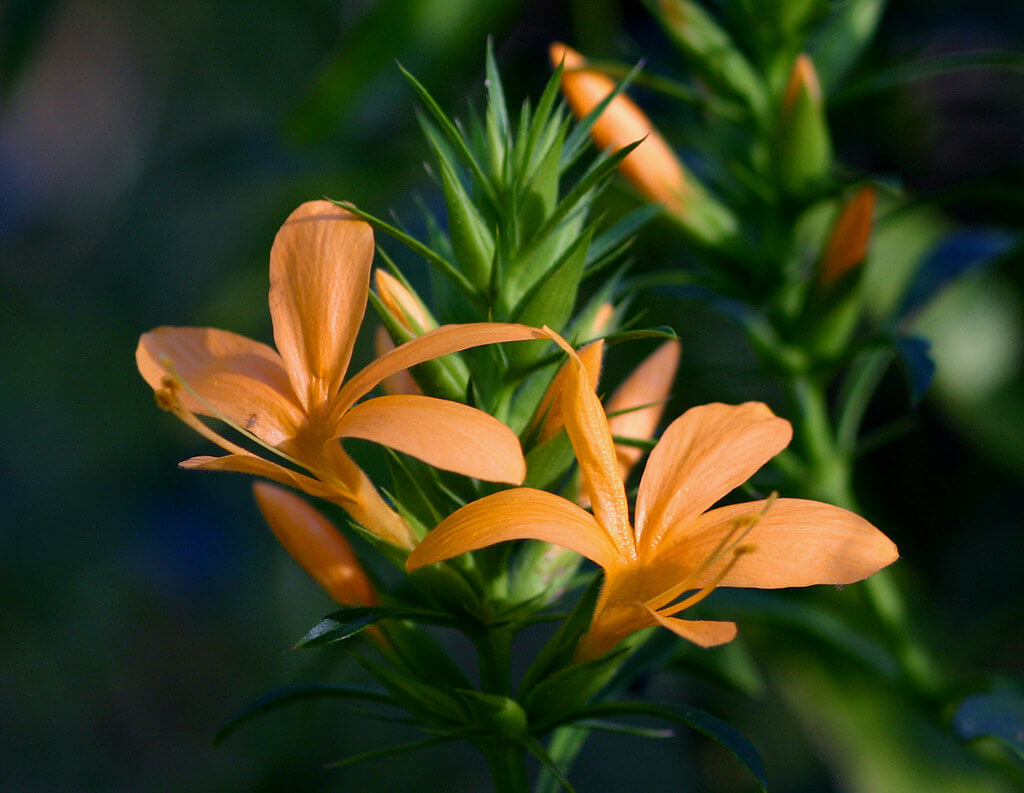Australian Plant Census (2011) available at: Vascular Plants APNI (biodiversity.org.au)
Australia's Virtual Herbarium (AVH) (2007). Council of Heads of Australian Herbaria (CHAH). Available at: Home - AVH (chah.org.au).
Barker, R.M. (1986). A taxonomic revision of Australian Acanthaceae. J. Adelaide Bot. Gard. 9: 1-292.
Barker, R.M. (1996). Additional species, new combinations and other notes on Acanthaceae of Australia. J. Adelaide Botanic Gardens 17: 137-152.
CRC for Australian Weed Management (2003) Barleria or Porcupine flower (Barleria prionitis). Weed management guide.
CRC for Australian Weed Management (undated, accessed June 2007). Barleria prionitis. Weed of the month.
Francis, J. K. (undated, accessed June 2007). Barleria prionitis. International Institute of Tropical Forestry, USDA Forest Service.
Plants Database (undated, accessed June 2007). Barleria prionitis. Natural Resources Conservation Service, United States Department of Agriculture. Available at: USDA Plants Database.
Navie S. (2004). Barleria prionitis In Declared Plants of Australia. An identification and information system. Centre for Biological Information Technology: Brisbane.
Wilson, C.G. (1998), Barleria (Barleria prionitis), Northern Territory Agnote Series, No 631, Darwin.
Weeds of Australia (2016). Barleria factsheet. Available at: Barleria prionitis (lucidcentral.org)




















